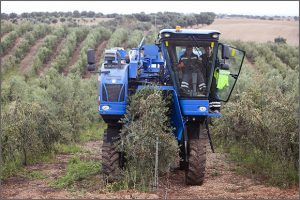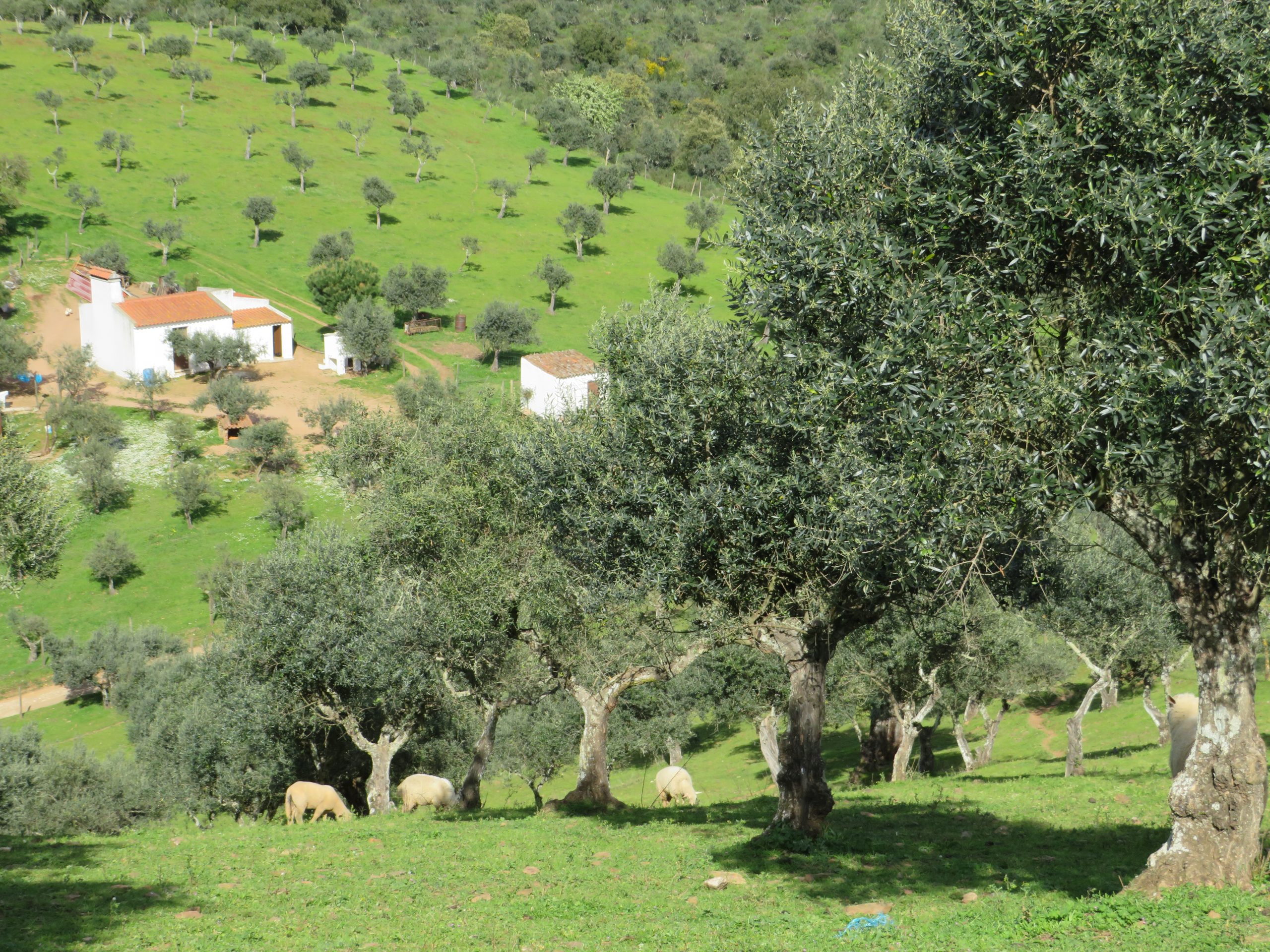In 1995, the state-owned company EDIA was founded and entrusted with the conception, planning, implementation and operation of the Alqueva dam. This enormous project, whose construction had been envisaged since 1975, now makes it possible to irrigate thousands of hectares in the Alentejo.
The majority of the 120,000 hectares currently connected to the Alqueva’s water supply are covered by olive trees (about 68,000 hectares). Building on thousands of years of tradition, know-how and a market that promises good profits, the intensive cultivation of olive trees was a logical step for Portuguese farmers in the Alentejo.
Criticism of the cultivation of these olive trees comes in the form of specific criticism of the intensive cultivation methods and water consumption. Questions about the preservation of biodiversity and soil quality are also raised from various sides.
The Portuguese government therefore commissioned EDIA to carry out a study on olive cultivation in the Alqueva’s area of influence; this study – published in March 2021 – was produced in collaboration with various departments and subordinate organisations of the Ministry of Agriculture in the Alentejo.
“The olive grove is a crop perfectly adapted to the Alqueva region, with low water requirements and resistance to climatic irregularities, high hardiness and good resistance to pests and diseases, requiring only small amounts of pesticides”, which “in combination with good cultural practices such as inter-row greening, improves the structure and increases the amount of organic matter in the soil”,
“The olive grove has enabled the return on public investment in Alqueva by ensuring a quick and large commitment of farmers to irrigation”, creating “significant economic, social and employment added value”.

There is, according to the study, a “negative perception of olive groves” by society in general, due to the existence of large areas of olive groves, although this is a perception that is only “based on issues not directly related to the cultivation of olive groves, but rather to the transformation of a dryland agriculture – traditional to the Alentejo – into a modern irrigated agriculture”.
In the 130 pages of the study, it is pointed out “that the modern irrigated olive grove can be developed in a “sustainable and ecologically positive” way if correct methods and procedures are applied.”
Good practices such as “the preservation and promotion of niches of Alentejo biodiversity in the midst of cultivated areas (riparian galleries, thickets, isolated cores, temporary ponds, hedgerows and multifunctional bedding) or the preference for biological pest control” play a crucial role.



0 Comments